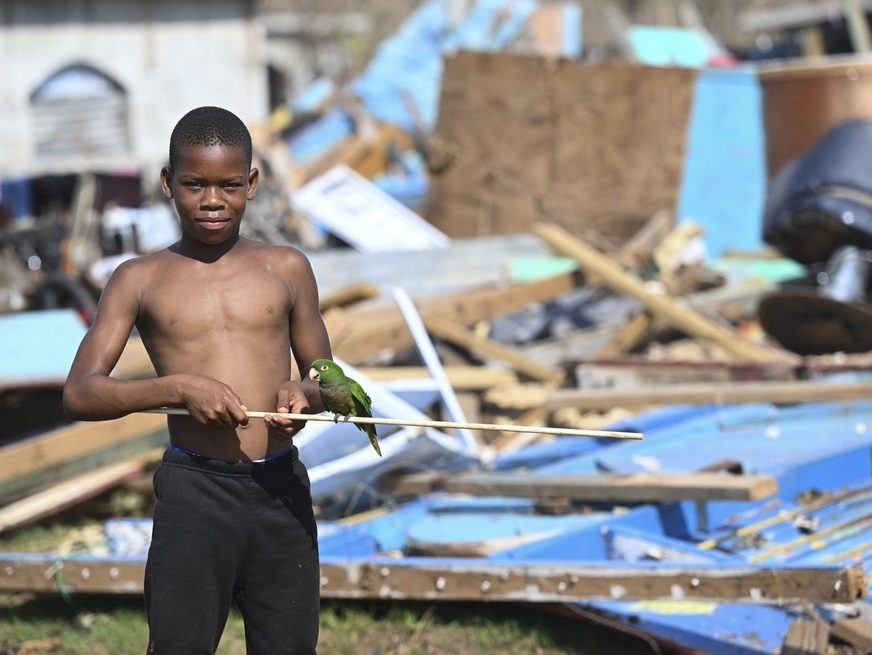Four days after Hurricane Melissa ravaged Jamaica, a desperate race against time unfolded as rescuers and aid workers pushed into isolated communities. The island nation, reeling from the storm’s fury, faced a critical need for food, clean water, and essential supplies.
The hardest-hit regions of St. Elizabeth and Westmoreland remained largely cut off, roads blocked by a chaotic tangle of fallen concrete and splintered trees. In the absence of established aid routes, people resorted to collecting muddy water from rivers, a stark reminder of the basic necessities now in short supply.
Stories emerged of resilience amidst the wreckage – families subsisting on coconuts and roasting breadfruit, clinging to hope while awaiting assistance. Emergency convoys, led by officials like Social Security Minister Pearnel Charles Jr., carried ready-to-eat meals, tarpaulins, medicine, and blankets toward the devastated areas.

Melissa’s impact was catastrophic, leaving a trail of snapped power lines, toppled buildings, and decimated crop fields. Over sixty percent of Jamaica remained without electricity, forcing residents to walk miles in search of loved ones and dwindling supplies.
The hurricane, one of the strongest Atlantic storms on record, arrived with sustained winds of 185 mph, unleashing unimaginable destruction. Helicopters became lifelines, air-dropping food to communities completely severed from ground access.
The confirmed death toll in Jamaica reached 19, with authorities acknowledging the grim reality that the number was likely higher. Access to many areas remained impossible, hindering a complete assessment of the devastation.

Health officials issued urgent warnings about the looming threat of increased mosquito populations, waterborne diseases, and food poisoning, imploring residents to discard any spoiled provisions. The immediate aftermath presented a new set of dangers alongside the physical destruction.
Falmouth, a beloved fishing town on the north coast, bore the brunt of the storm’s fury, suffering extensive flooding and the collapse of numerous structures. Prime Minister Andrew Holness prioritized restoring power, telecommunications, and stabilizing essential services, particularly at the local hospital.
A significant financial lifeline arrived in the form of a record $70.8 million payout from the Caribbean Catastrophe Risk Insurance Facility (CCRIF). This rapid disbursement, promised within 14 days, offered a crucial boost to the government’s disaster response efforts.
Finance Minister Fayval Williams emphasized that the insurance payout was just one component of a broader financial strategy, encompassing contingency funds, a national disaster reserve, and a catastrophe bond. Jamaica was preparing for a long road to recovery, fortified by multiple layers of financial protection.
Damage assessment teams continued their work, meticulously documenting the extent of the devastation. The full scope of Melissa’s impact was still unfolding, but the determination to rebuild “stronger and wiser” resonated throughout the island.



